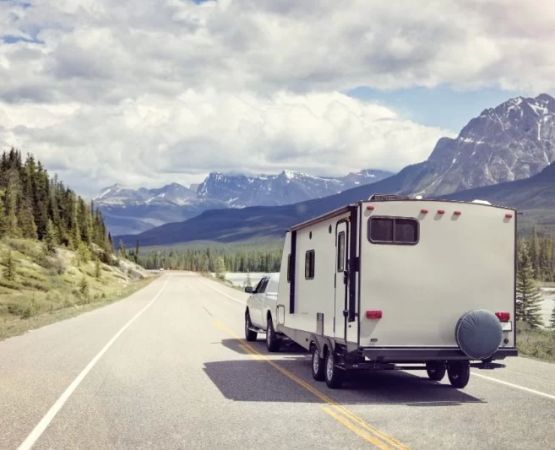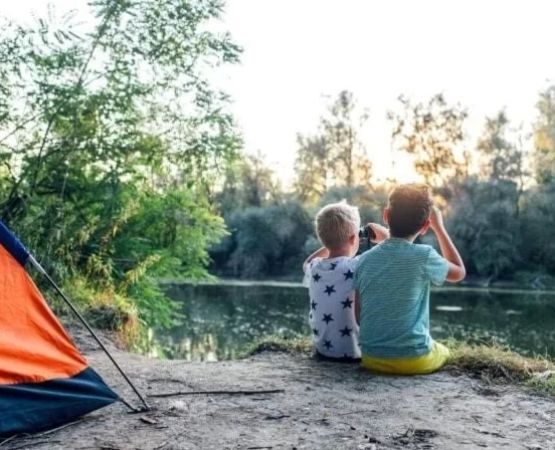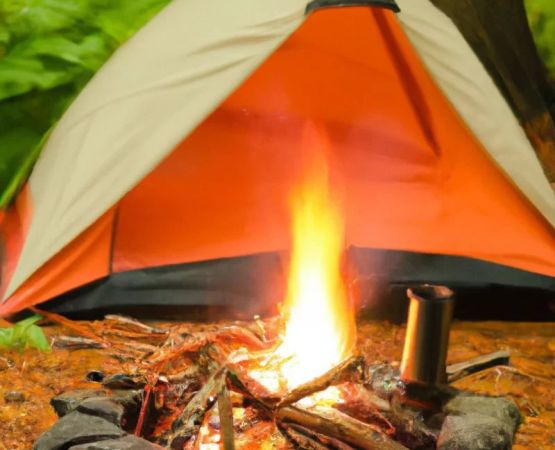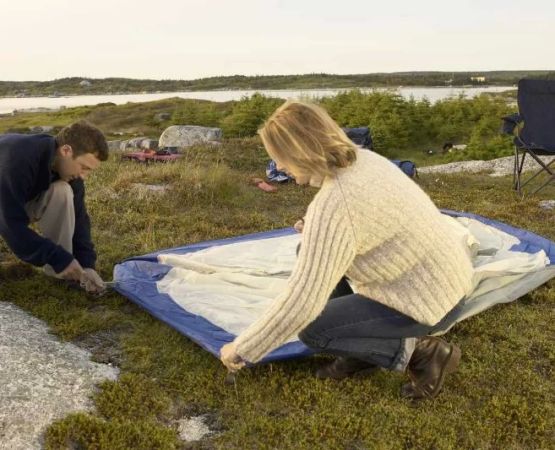Understanding Leave No Trace: The Core Principles of Eco-Friendly Camping
Camping in the great outdoors is one of my favorite ways to connect with nature, but over the years, I’ve come to realize how crucial it is to protect the environment while enjoying these adventures. This is where Leave No Trace (LNT) principles come in. These principles are not just a set of guidelines—they are a way of life for those of us who care about preserving the natural beauty of our parks, forests, and wilderness areas.
Leave No Trace is all about minimizing human impact on the environment. This philosophy encourages campers to take steps to avoid leaving behind any waste or disturbances in nature. In this article, I’ll share how I practice Leave No Trace during my camping trips and why it’s important for everyone to follow these simple yet effective principles.
1. Plan Ahead and Prepare
One of the first things I do before heading out on a camping trip is to plan thoroughly. This principle of Leave No Trace is designed to prevent many of the environmental impacts that can occur due to poor planning. For instance, I always make sure to choose a campsite that’s already established, rather than creating a new one. This helps preserve the natural habitat by preventing soil erosion and plant damage.
Moreover, I check weather conditions and prepare accordingly to minimize the need for unexpected changes in my trip, such as running off-trail due to bad weather. This step helps me avoid unnecessary wear and tear on the landscape. Another tip is to research the area’s rules and regulations to ensure I’m following any specific guidelines for that region.
2. Travel and Camp on Durable Surfaces
When I’m hiking or setting up camp, I make sure to stick to established trails and campsites. This reduces the risk of damaging delicate ecosystems like alpine meadows or wetlands. For example, I once camped near a stunning creek in a remote area. While the views were breathtaking, I noticed that the area’s fragile ecosystem was being slowly destroyed by campers who ventured off the path. By staying on designated trails and campsites, I help preserve these areas for future visitors.
By camping on durable surfaces such as gravel, sand, or rock, you can avoid damaging vegetation and disturb wildlife habitats. It’s also a good idea to camp at least 200 feet away from lakes and streams to minimize your impact on these water sources.
3. Dispose of Waste Properly
One of the most important aspects of Leave No Trace is ensuring that you pack out everything you bring with you. On every trip, I make it a point to carry extra trash bags to pack out all of my waste, including food scraps and toilet paper. Some people think it’s acceptable to burn food scraps, but this can leave harmful residues and disrupt the natural environment.
During my time camping in national parks like Yosemite and the Great Smoky Mountains, I’ve encountered too many examples of careless campers leaving behind wrappers, plastic bottles, and even tents. It’s disheartening to see this kind of disregard for the environment. So, I always make sure to leave no trace of my presence behind.
4. Leave What You Find
Preserving the natural beauty of a campsite goes beyond picking up trash. It’s also about leaving the environment exactly as you found it. I always resist the temptation to collect rocks, flowers, or other natural objects to bring home. While it may seem harmless, removing items from the wild can disrupt local ecosystems and rob others of the chance to enjoy them.
One of the most memorable moments I had camping in the Colorado Rockies was stumbling upon a delicate wildflower meadow. I took a mental snapshot and left it untouched, knowing that others would also want to experience that beauty. If everyone took just a few flowers or rocks, we would soon be left with nothing to admire.
5. Minimize Campfire Impact
Fires are an integral part of camping for many, but they can leave lasting environmental scars if not handled responsibly. I always follow the Leave No Trace principle of minimizing campfire impact by using a camp stove instead of building a fire. Not only does this save wood, but it also reduces the risk of forest fires, which are unfortunately more common during dry seasons.
If a campfire is absolutely necessary, I ensure I use existing fire rings or pits, never collect wood from the environment (to avoid damaging trees or plant life), and fully extinguish the fire when I’m done. I’ve seen far too many campers who leave fires smoldering or don’t fully extinguish them, which can be a serious fire hazard.
6. Respect Wildlife
During my camping trips, I’ve had some incredible encounters with wildlife. But these encounters have taught me the importance of respecting animals and minimizing our impact on their habitats. When camping, I store food securely, either in bear-proof containers or hanging it from a tree to avoid attracting animals to my campsite. The last thing I want is to inadvertently make animals dependent on human food.
It’s also important to never approach wildlife, even if they seem friendly or curious. The best way to respect wildlife is by observing from a distance and not interfering with their natural behavior. By doing so, I ensure that animals stay wild and not habituated to human presence.
7. Be Considerate of Other Visitors
As much as I love being in nature, I know that I’m not the only one who enjoys the peace and serenity of the outdoors. That’s why I make sure to be considerate of other campers and hikers. I keep noise levels to a minimum, especially in popular areas like national parks, where many people come to experience quiet and solitude.
On one of my recent trips to the Adirondacks, I encountered a group of campers who were playing loud music late into the night. It disrupted the peaceful atmosphere, and it was frustrating for everyone around. I politely asked them to lower the volume, and they agreed. I always try to be mindful of how my actions might affect other campers, ensuring that we all get to enjoy the natural beauty in peace.






